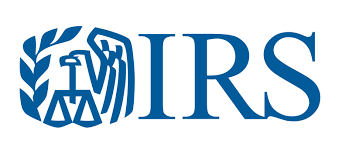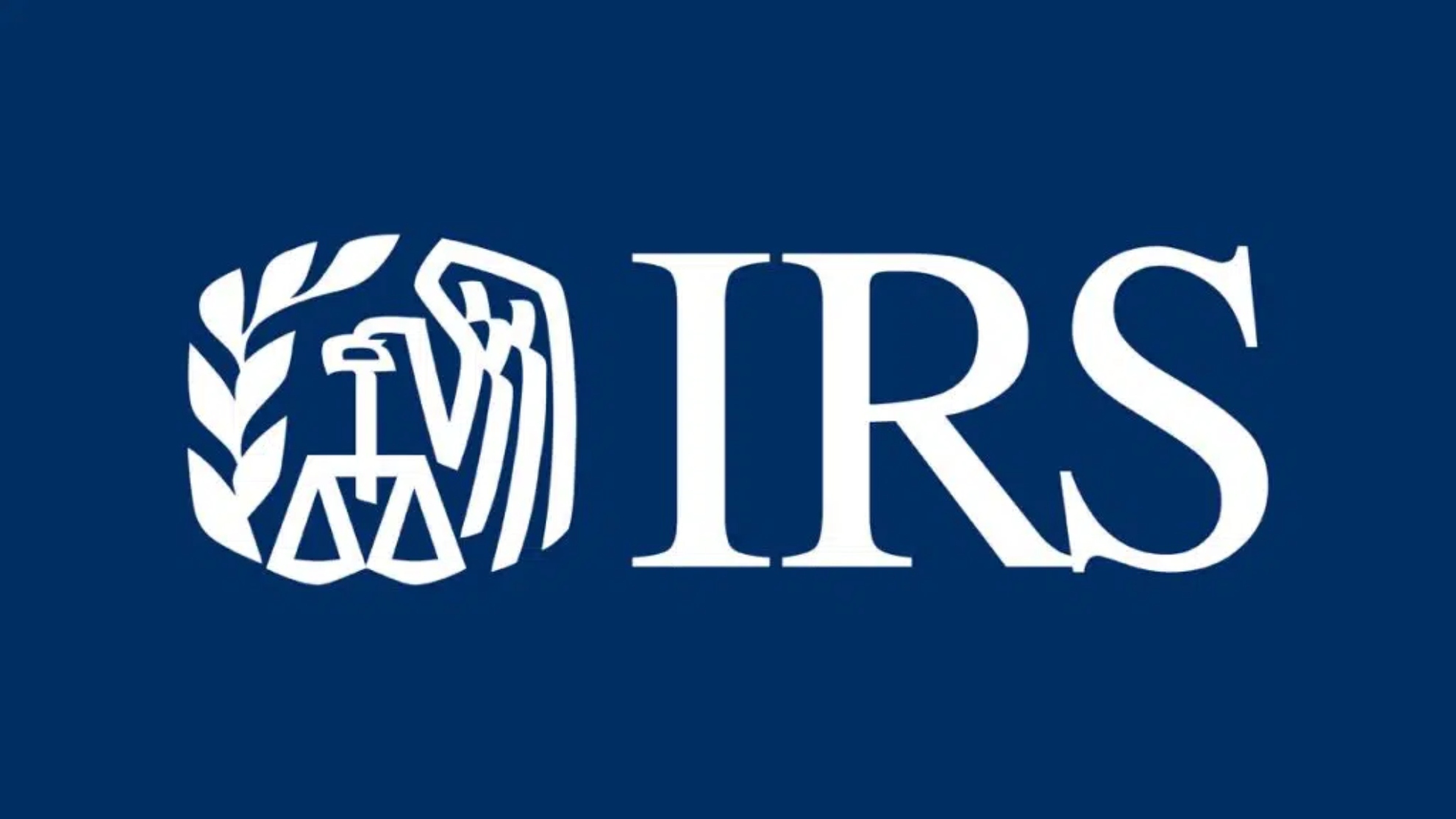The Internal Revenue Service on March 9, 2017 reminded taxpayers to be cautious and protect personal, financial and tax information, particularly at tax time.
The IRS urges taxpayers to be safe online and reminds them to take steps to help protect personal information and guard against identity theft. This is true all year long, but particularly at tax time, when taxpayers may anticipate hearing about a tax refund or the status of their return. The IRS has given a high priority to data security issues after an increase in recent cases of identity theft and fraudulent tax return claims.
IRS urges taxpayers to give up sensitive data such as passwords, Social Security numbers and bank account or credit card numbers. They are called phishing scams because they attempt to lure the receiver into taking the bait. The subject line may suggest the recipient just won a free cruise or that they must immediately update an account. Never open a link or an attachment from a suspicious email. It may contain malware.
To protect personal data, IRS said that taxpayers should not carry Social Security cards with them or any documents that may include this number. Provide Social Security numbers only when necessary. Occasionally businesses will request it when it is not essential. Using password IRS recommends the longer the password which is tough to crack. They suggest using at least 10 characters; 12 is ideal for most home users. Mix letters, numbers and special characters. Try to be unpredictable; don’t use names, birthdates or common words. Don’t use the same password for many accounts. If the password is stolen, it can be used to take over multiple accounts. Don’t share passwords on the phone, in texts or by email.
Taxpayer should sure to secure to use software and security system when they install in their devices that connect to the internet. Many computers come pre-installed with firewall and anti-virus protections. A good broad-based anti-malware program should provide protection from viruses, Trojans, spyware and adware. Set security software to update automatically so it can be upgraded as threats emerge. Also, make sure the security software is “on” at all times.

















